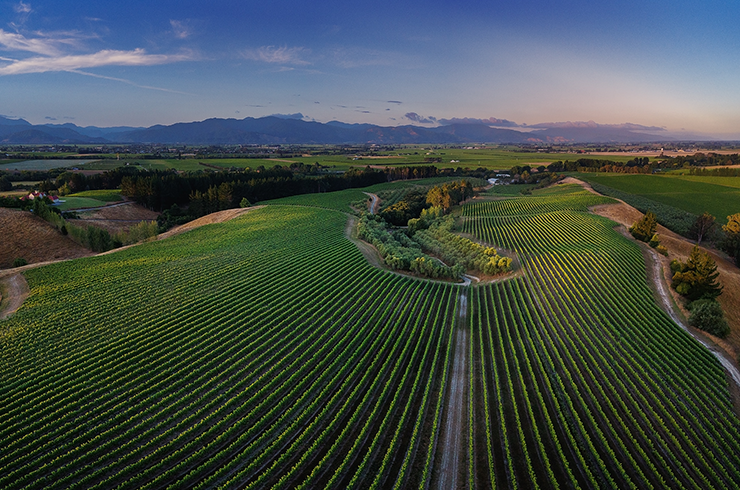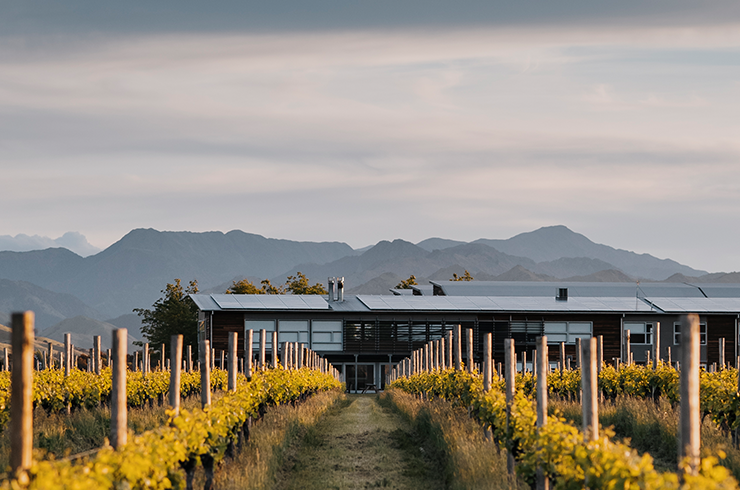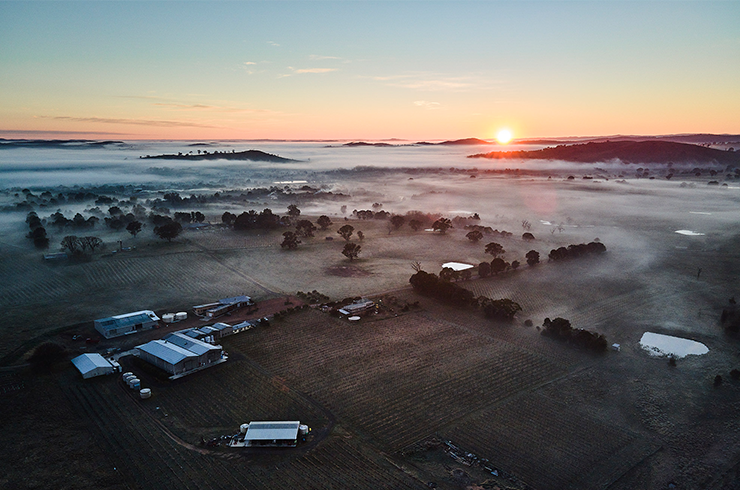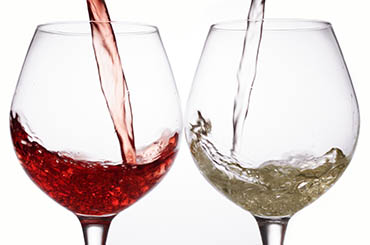It’s ironic that what is one of the least known Australian wine regions of today has one of the richest histories, far beyond the scope of this newsletter to cover in the detail in which it deserves.
The Grampians became the epicentre of the gold rush of the middle of the 19th century, which was the direct result of the thousands of hopeful miners who descended on the region. It’s doubly ironic that the Grampians wasn’t formally recognised as the region under the GI legislation until 1997, before which it was known as Great Western, which is now the name of a subregion of the Grampians. There were also those who realised that a far more certain income could be gained by feeding and watering (by wine, beer, etc.) the hunger and thirsts of the miners. It’s also strange that this should be the only region of Australia established in the 19th century (or later, for that matter) in which French immigrants had played an important role.
Joseph and Henry Best moved to nearby Ararat, setting up business as butchers, but also buying land to plant vines. The Best’s acquired a 30ha property in 1866, establishing the vineyard and its precious Nursery Block that survives to this day. After the gold ran out, Joseph built a substantial winery, and when he died, his estate was auctioned and purchased by Hans Irvine. Hans then lured Charles Pierlot from Champagne to become his chief winemaker. In 1918, Hans sold his vineyard and winery to Seppelt. Thus the two most important wine businesses in the region, Seppelt and Best’s, had taken root.
Seppelt’s claim to fame was built on its sparkling wine, continuing to be one of the major producers through to the end of the 20th century, and the services of Colin Preece, who was winemaker from 1932 to 1963. Preece is generally recognised as one of the three greatest winemakers of the 20th century, the other two being Maurice O'Shea and Max Schubert. I have had more than my fair share of the wines made by Preece between the early 1940s through to 1965, mainly red wines, but with a few whites sprinkled here and there. The red wines were typically multi-vintages, quixotically disclosing the youngest (not the oldest) part of the blend as the vintage date, and also typically including a few varieties that may or may not have been named. It mattered not, because the quality of the wines was sublime.
Seppelt may have fallen on relatively hard times, but Best’s has gone from strength to strength over the past 20 years with a succession of supremely gifted winemakers. A recent development has been the proliferation of labels taking advantage of the vineyards established over the past 150 years.
Latest Articles
-
Wine Lists
The 50 most popular wines of 2025
just now -
Wine Lists
A snapshot of top New Zealand wines (all rated 91 points and above)
2 days ago -
Behind the label
Taste Aotearoa: Get to know these five New Zealand wineries
2 days ago -
Wine Lists
Just in: 14 newly reviewed wines to try this December
17 Dec 2025





